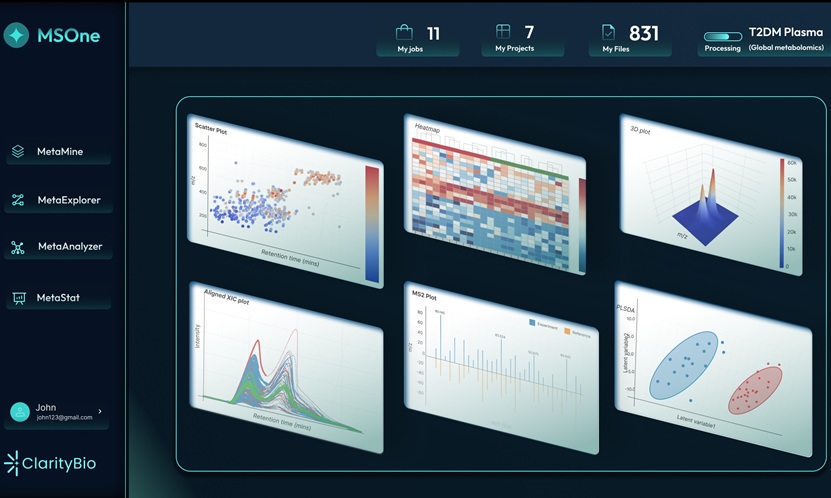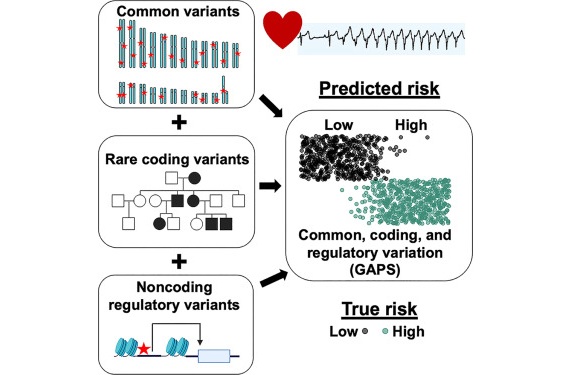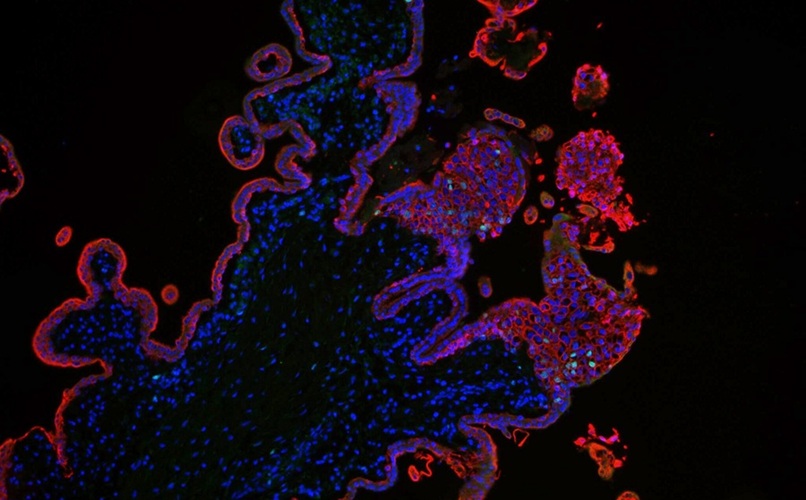New DNA Test Tracks Spread of Parasitic Disease from Single Sample
Posted on 21 Nov 2025
Leishmaniasis remains a major challenge for veterinary and public health systems, largely because its transmission involves multiple sand fly species and a wide range of animal hosts. Understanding these complex pathways has traditionally required several laboratory techniques, each time-consuming and limited in scope. Now, researchers have introduced a high-resolution melting (HRM) PCR approach that identifies sand fly species, detects Leishmania parasites, and determines the insect’s blood meal source — all from a single sample.
In the study led by the Hebrew University of Jerusalem (Rehovot, Israel), a research team analyzed nearly 2,000 sand flies collected across Israel using this HRM-based molecular platform, which streamlines species identification and dramatically reduces the need for traditional, labor-intensive methods. At the core of the technique is HRM PCR, which differentiates DNA signatures by analyzing how genetic fragments melt at precise temperatures. By applying this method to sand fly specimens, the researchers were able to simultaneously classify vector species, detect Leishmania DNA, and determine blood meal origins with near-perfect accuracy.

The system mapped twelve sand fly species, four Leishmania species, and twenty-five host animals, providing a comprehensive view of transmission dynamics. The HRM tool achieved 96.7% success in identifying blood meal sources, revealing that domestic cats, hares, cows, and rock hyraxes accounted for more than half of all meals. Geographic patterns also emerged, with L. major and L. donovani found predominantly in the southern arid regions, and L. tropica and L. infantum more common in central and northern areas.
The findings of the study, published in PLOS Neglected Tropical Diseases, demonstrate how HRM PCR can illuminate ecological changes, including the detection of sand fly species outside their historically known habitats. This capability gives veterinarians and public health authorities earlier insight into shifting risk zones and emerging foci of infection. By integrating vector identification, parasite detection, and host analysis, the method strengthens surveillance and supports targeted intervention strategies.
“This method transforms how we monitor zoonotic diseases in the field,” said Prof. Gad Baneth, DVM, PhD. “Rapid and precise identification of infected vectors and reservoir hosts allows us to anticipate emerging foci and protect both animal and human populations.”















